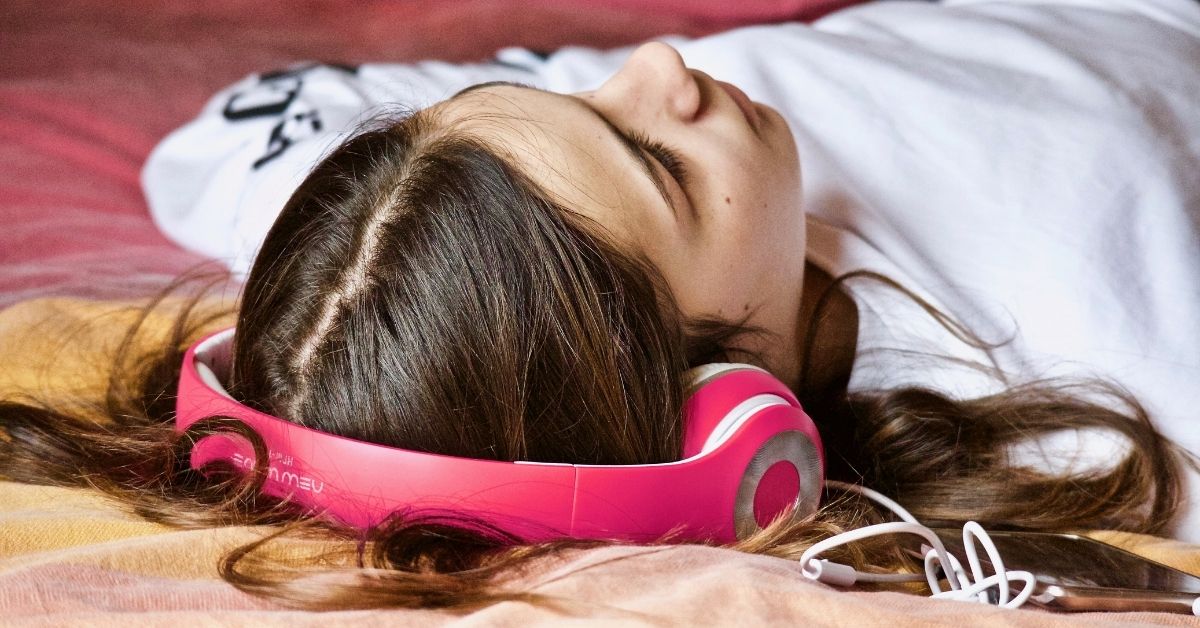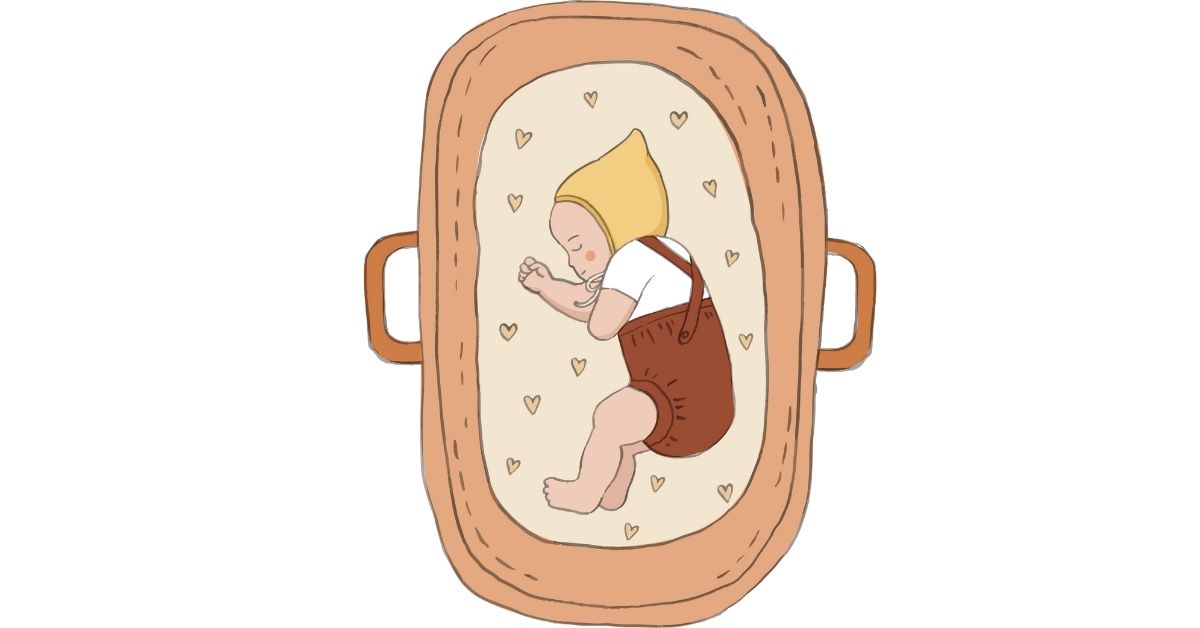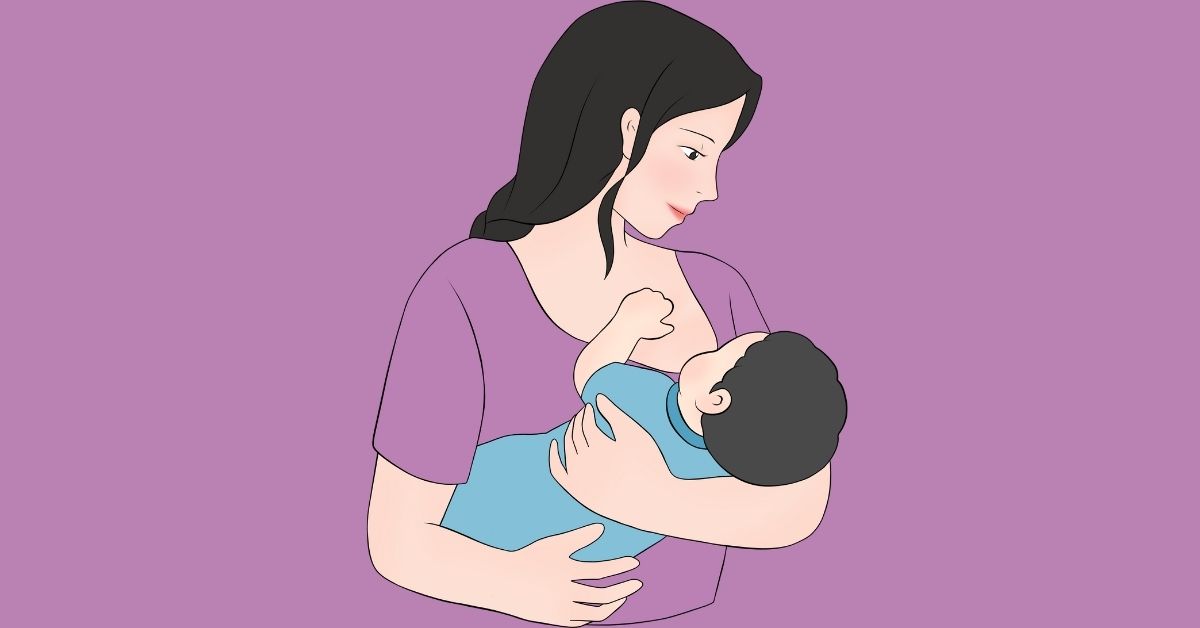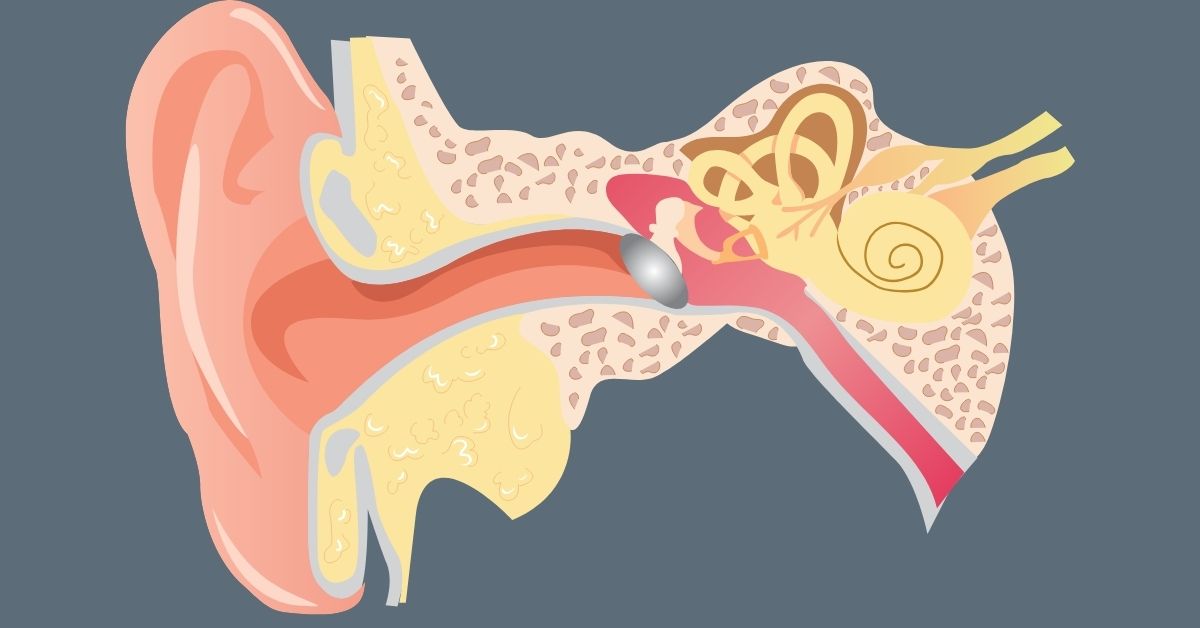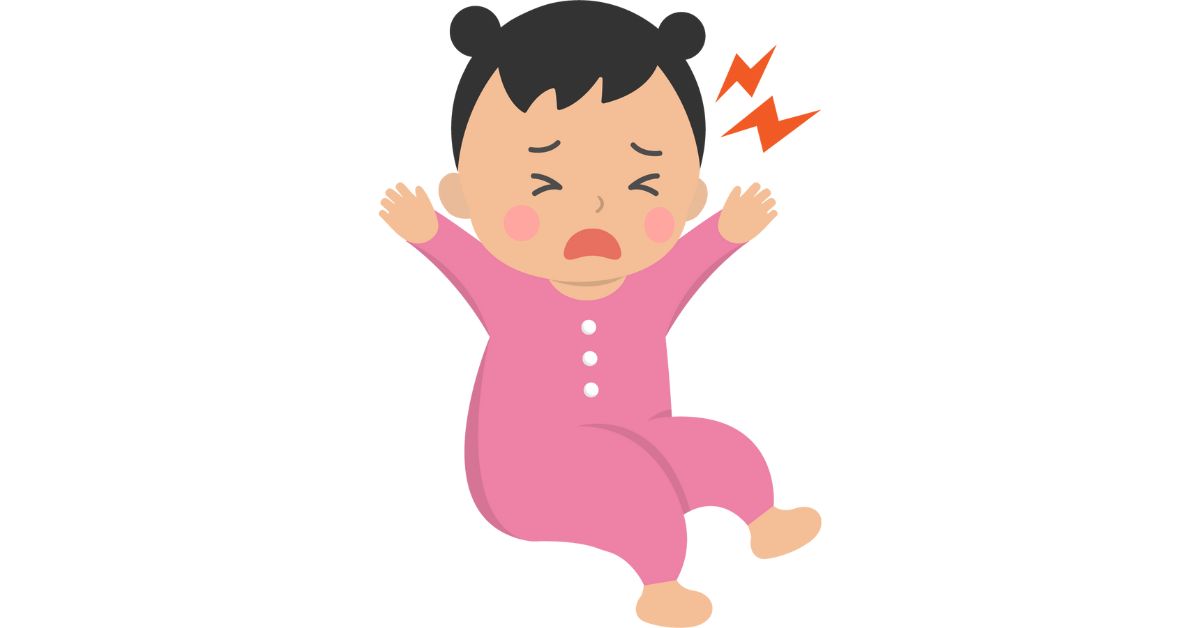In this article:
Parents Who Know How It Works Might Be Able To Save Their Child’s Life. The scariest part of life in today’s world is the ever-growing, insidious pandemic of depression. It is undoubtedly the single most horrifying reality that is craftily spreading its tentacles through the structure of human society around the world and consuming people from the inside till there’s nothing left to take away. What makes it worse than anything else is that at times, you wouldn’t even suspect that something is wrong till it’s too late.
The reason
Social media and depression share a complicated relationship. At times, social media has dressed depression in alluring, poetic robes that artfully disguise this mental illness that can kill. But social media is also responsible for opening up much-needed and long overdue conversations on the topic. The best example of this is the viral Twitter hashtag #TheWorstPartOfDepressionIs. One minute of reading how victims of depression describe it will be enough for any parent to become as afraid of this disease as they should be.
The combination of negative media messaging and romanticised depression only serves to make the disease more potent and lethal. A common feature of depression is that it keeps its victims from doing anything that will help them fight it. It is like an auto-immune disease of the mind – the first thing it attacks is the victim’s ability to fight back. When teenage hormones are thrown into this deadly mix, the results can be devastating.
Before we come to the phenomenon of self-harm, it’s important to understand the pathophysiology of depression and how it works. The human brain produces a hormone-like chemical called serotonin, which is the neurotransmitter responsible for feelings of happiness and satisfaction in humans. Serotonin is also called the “happy hormone” because of the role it plays in our brains. It works by being released from several brain cells and then being absorbed by the next cells in line. The cells that release serotonin also pull any excess amounts of it back in after the next cells have absorbed as much as is required. This process is called the ‘re-uptake’. Most cases of depression are caused by the premature re-uptake of serotonin, which leaves lesser than healthy amounts of it in circulation throughout the brain.
In essence, depression is the clinical condition wherein a person’s brain is physically incapable of processing happiness and satisfaction with any degree of certainty. Different people find different ways of coping with this physical deficiency while also doing their best to maintain a façade of normalcy due to the stigma of having a mental illness. Most anti-depressant drugs work on reducing the speed at which serotonin re-uptake occurs, therefore increasing the amount of the happy hormone circulating in the brain and allowing the patient to feel better.
There is another neurotransmitter like serotonin that affects people’s ability to process emotions; it’s called dopamine. Dopamine affects emotions, movements, and our ability to feel pleasure and pain. It is dopamine that brings us to the nature and role of self-harm as a coping mechanism for depression.
While it is not possible to control the secretion of serotonin without medical intervention, it is quite easy to make the brain secrete dopamine. Simple actions like hugging, holding a pet animal and doing some basic exercises can make the brain secrete more dopamine. The problem is that dopamine also has to do with our ability to feel pain. Anatomically, the secretion of dopamine in the brain also surges when we physically hurt ourselves.
When we’re running low on serotonin, engaging in activities that boost dopamine levels, like a vigorous game of football or a hard workout session at the gym, tend to help us feel better. However, if the dip in serotonin levels is too extreme – like it can be with clinical depression – there is very little or no motivation at all to get out and do something to push dopamine into the system. It’s in this condition that teenagers engage in self-harm.
By default, teenagers are tuned to turn to their peers for support instead of sharing their thoughts and feelings with their parents or other adults in the family. Given that teenage depression is rapidly increasing, the free exchange of ideas on social media might prove to be extremely dangerous. Social media allows depressed teenagers to openly share experiences which, among other dangerous things, involve self-harm as a way to deal with depression.
The most common and obviously worst form of self-harm is called ‘cutting’. It involves physically slicing into one’s own skin with a blade of some sort in an attempt to feel better somehow. Alcoholism, smoking, drug addictions and the likes may also be considered forms of self-harm. There’s ongoing debate in the scientific community about whether or not getting tattooed is a manner of self-harm, which is likely to be the least harmful of them all.
Find out more about the signs to watch out for if you suspect that your teen might be depressed and what to do if your teenager is cutting him/herself. We hope this article helps. Good luck and happy parenting!


